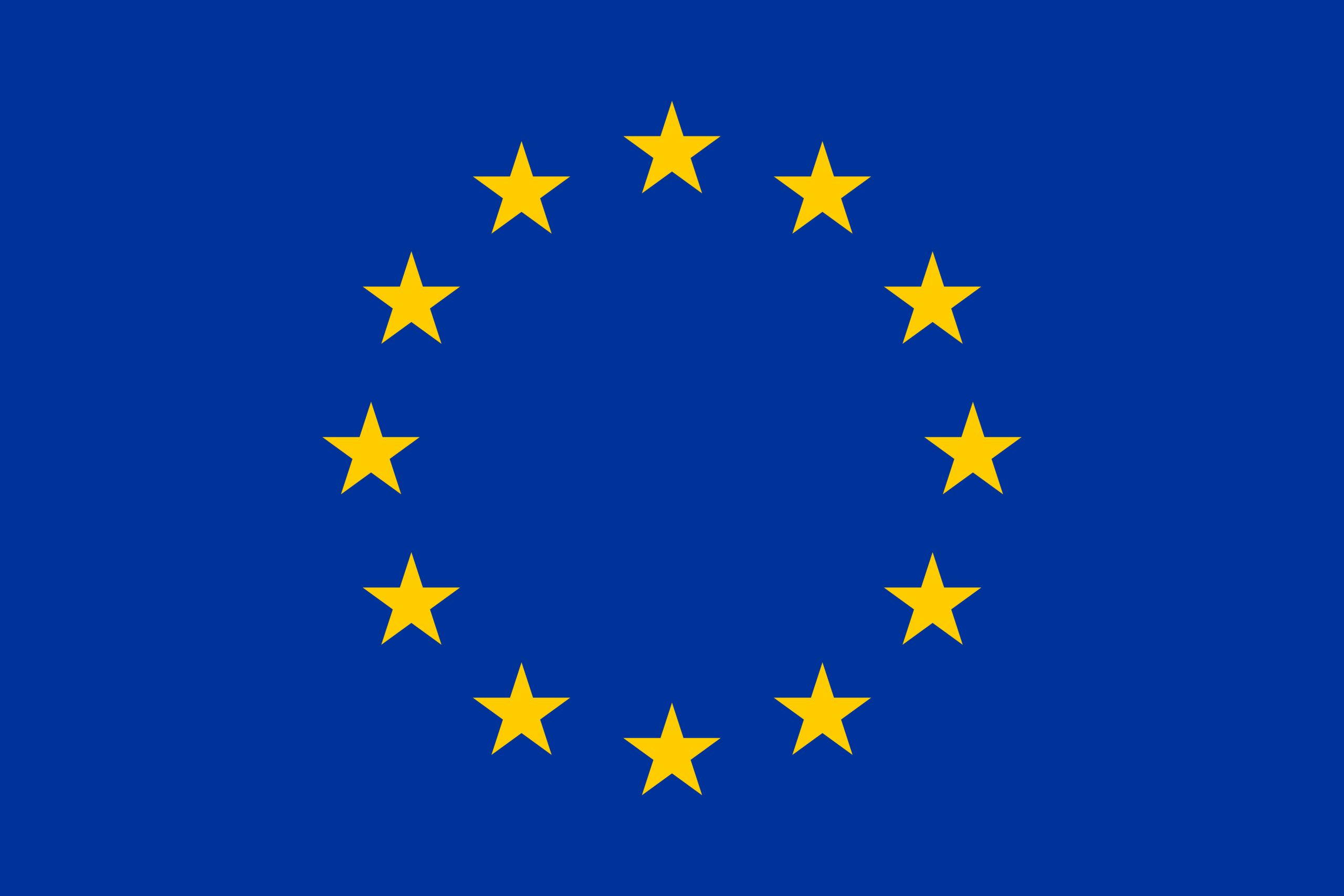HOMENEWS & INSIGHTS
Changes to EU TM Law.
What you need to know about the latest changes to European trade mark law.
EU legislators have certainly been keeping us lawyers busy of late.
Consumer law has been dramatically reshaped, the General Data Protection Regulation (which has been a work in progress for almost four years now) is in the final stages of being adopted, and now EU trade mark law has been revised.
The package of proposals governing EU trade mark laws will be implemented over a period of time, but if you are the owner of Community Trade Mark, or are thinking of protecting your brand in the EU, then you should be aware of these revisions now.
The key changes can be summarised as follows:
• The terms “Community Trade Mark” and “Office for Harmonization in the Internal Market” have been replaced with “European Union Trade Mark” and “European Union Intellectual Property Office”, terms that are far more relatable.
• If you have a Community Trade Mark that is currently registered under general class headings then you would be advised to review your specification of goods and services to see whether they need amending. Whilst these general headings were previously interpreted widely to cover all goods or services listed within that class, they will going forward be given their literal meaning.
• Application fees are set to change, and the minimum filing fee will no longer cover up to three classes of goods and services. If you are considering registering a mark in more than one class you may wish to consider doing so before the fees increase in April 2016.
• Renewal fees are also set to be lowered. If your mark is due for renewal during or after April 2016 then you would be well advised to wait until the new renewal fee structure has come into force before filing your renewal.
• There is no longer a requirement for trade marks to be represented graphically, provided that they can be set out in a manner which enables the authorities and public to determine the precise subject matter of the protection. This is aimed at making it easier to register “non-traditional” marks such as moving digital marks. If you have trade marks that could not be recorded graphically but meet the revised criteria for registration above you would be advised to register the same.
• Finally, there shall be a prohibition on third parties from bringing goods into the EU bearing an infringing sign even where those goods are not being released for circulation or intended to be sold in the EU unless the “infringer” can show that there is no trade mark infringement in the country of final destination. This is designed to offer trade mark owners greater protection against counterfeit products.
Whilst this is not an exhaustive list, it should provide some useful information to any business trading in the European marketplace.
If you need any advice on protecting your trade marks then please contact Sam Freeman on s.freeman@laceyssolicitors.co.uk or on 01202 557256.
Share article
Our offices
Contact Us
5 Poole Road
Bournemouth
Dorset
BH2 5QL
Tel 01202 377800
9 Poole Road
Bournemouth
Dorset
BH2 5QR
01202 377800


